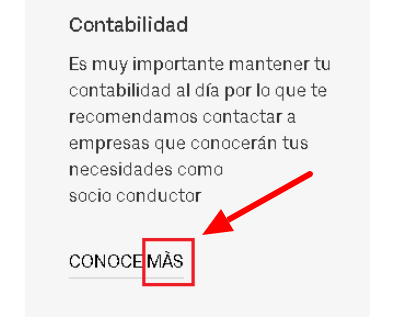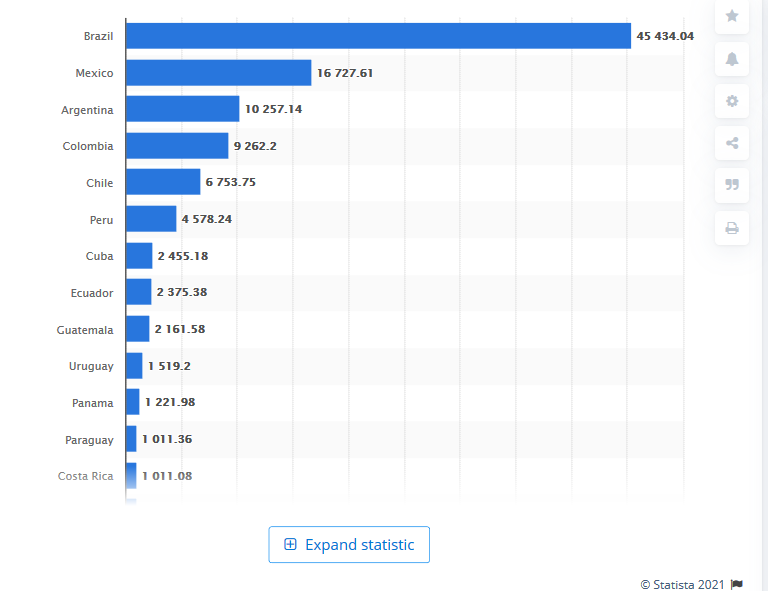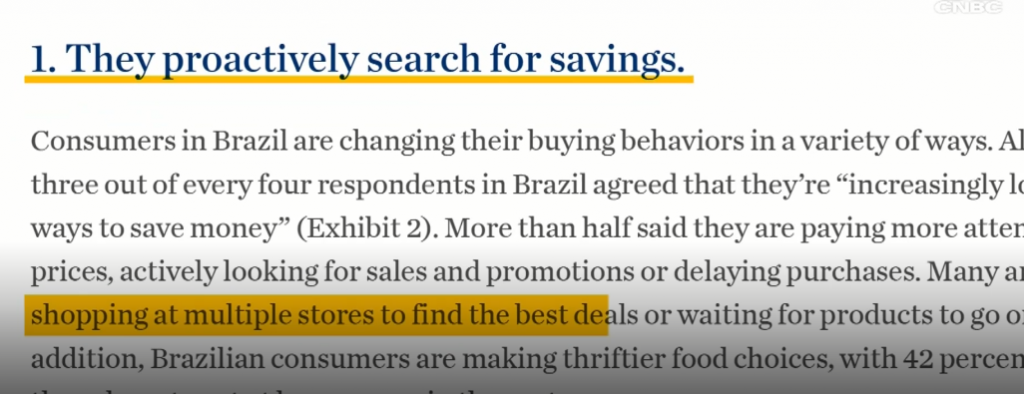English to Spanish Translation Tips
English to Spanish Translation Tips
One or two awkward experiences in using Google Translate has your marketing team desperately seeking English-to-Spanish translation tips. A novice quickly realizes that translation is not a quick, copy-and-paste task.
First off, marketers don’t need translation services. What marketers want is transcreation services. There’s a big difference, and you’ll see why.
Secondly, English-to-Spanish translation may involve paid advertising. Translation adds another layer of strategy to a PPC campaign. For example, the length of words vary. Also, some English words won’t exist in Spanish.
Speaking of, you’ll learn to avoid the notion of “neutral” Spanish. Lastly, we illustrate how English-to-Spanish translation tips recognize local use of language and great awareness of consumer behavior.
Translation Tips: English to Spanish
- Seek Transcreation (Not Translation)
- Modify Spanish PPC and Keywords
- Avoid Neutral Spanish
- Localize Content Efforts
- Analyze Consumer Behavior
Seek Transcreation (Not Translation)
English-to-Spanish translation is a vague notion. Do you want to translate a few sentences to navigate around a Mexican tourist attraction or do you want Latin American consumers to love brand-related messages? Those are very different English-to-Spanish scenarios.
Therefore, marketing messages require much more than a reiteration of words. Transcreation maintains a brand’s intent, style, tone, and context.
Even major brands need English-to-Spanish translation tips, for doing it well requires attention to small details, such as accent marks.
Punctuation marks are very important in Spanish. Without them, a word can have another meaning. In this example, “mas” is different from “más.” The first one has a similar meaning than ‘but,’ while the second one (the right one in this case) means “more.”

Also, the head phrase seems incomplete since the subject is not clear. A better way to write it could be “Encuentra el Centro de Atención más cercano”.
In other scenarios, brands accidentally show naivete with unnecessary or irrelevant accent marks.
Unlike other languages, (like French) Spanish has one type of accent mark: “ ´ ”
The mark, “ ` ” does not exist in Spanish.
Note how the Spanish mark starts top-right and angles down to the left.
In this sentence “más” does need an accent mark but it’s going in the wrong direction!

Furthermore, basic translation won’t properly change the structure of a sentence. In English, an adjective comes before the noun, but Spanish is the opposite — the noun comes before the adjective.
For example, ‘a green house’ is not ‘una verde casa’, but ‘una casa verde’
The sentence below should read: “descuentos exclusivos”

Further Reading:
Consider Keywords
Aside from website content, many English-to-Spanish translation tips relate to paid advertising or PPC ads. A PPC manager who is inexperienced with Spanish PPC quickly gets befuddled translating keywords.
Some dismiss the notion of displaying ads in English and Spanish. This is a mistake, for consumers may search in both languages. If you’re PPC campaign does not target browsers in Spanish and English, you miss opportunity for more sales.
When using Keyword Planner (or chosen keyword tool), survey search volume and difficulty for a given keyword in both languages.

Another English-to-Spanish translation tip relates to character length. In this example, the number of characters increased by eleven after the English-to-Spanish translation:

Further Reading:
English-to-Spanish PPC Strategies
Avoid Neutral Spanish
There is no such thing as “neutral” Spanish. “Neutral” Spanish does not convey the detail needed to properly market to Hispanic peoples in specific locales across the globe.
Hispanic marketing must account for tone, style, and locality . Therefore, it would be amiss to direct a content marketer to use the “same” version of Spanish to address consumers in Spain versus those in Mexico.

Further Reading:
Create a Style Guide for Translations
Localize Marketing Campaigns
Branding is important to all major suppliers, but it’s especially important for brands offering fashion and accessories.
This shows total consumer spending of Latin Americans on clothing and footwear in 2020 (in million U.S. dollars):

We established above that leveraging “neutral” Spanish is ineffective. This example shows how a consumer may dismiss a brand due to a lack of awareness related to local use of language.

Further Reading:
Hispanic Marketing Strategy for Luxury Brands
Analyze Consumer Behavior
In June 2018, Walmart sold 80 percent of its stake in Brazil, a country where it once had 558 storefronts!

Walmart’s business model, successful in the United States (and elsewhere in Latin America), was not successful in Brazil. Ultimately, Walmart did not understand the habits related to local consumers.

Looking further into Brazilian shopping behavior, Walmart found Brazilians were attracted to savings, but in a more time-sensitive, fear-of-missing-out fashion.

This is counter to Walmart’s everyday’ low prices. Market research finds Brazilians are most loyal to immediate low prices despite branding. Brazilians entertain multiple providers to find the best price.
Carrefour ($16.5 billion made in in 2017) performed much better in Brazil (Walmart made $6.7 billion in Brazil that same year). Due to economic limitations and buying trends, shoppers gravitated toward Atacarejos (think Sam’s Club in the U.S.). These cash-and-carry stores are suited to Brazilian shopping behavior.
A few key, elements attribute to the success of atacarejos:
- No membership fees
- Offer lowest prices (due to low operating costs)
- Offer low-interest credit cards
Carrefour offers Atacado credit cards that account for 15% more in customer spending.

Further Reading:
Top Hispanic Marketing Campaigns
Let’s talk about English-to-Spanish translation services and how we’ll help you gain an edge on your competitors. We specialize in Spanish SEO, Hispanic content marketing, PPC, and social media.





